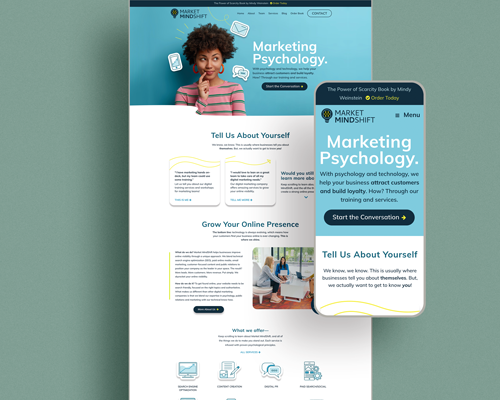Why Are Businesses Worried About AI Crawling Their Websites?
As artificial intelligence (AI) continues to revolutionize digital tools, AI-powered crawlers have quietly become a hot topic in marketing, content creation, and SEO circles. For many businesses and content creators, the idea of AI bots crawling their websites raises important questions—and some valid concerns.
So, what’s the big deal? Let’s explore why businesses are increasingly cautious about AI crawling, what’s at stake, and how you can take control of your content’s visibility in this new digital landscape.

What Is AI Crawling, Anyway?
AI crawling refers to the process where AI models and bots scan websites to collect data, often to train large language models (LLMs) like OpenAI’s ChatGPT, Google’s Gemini, or Anthropic’s Claude. Unlike traditional search engine bots (like Google’s or Bing’s), AI crawlers don’t just index pages—they extract content to help power future AI responses, summaries, and conversations.
These bots are often embedded in tools we use every day, from smart search engines to chat-based digital assistants.
Why Are Businesses Concerned About AI Crawling?
1. Content Scraping Without Credit
When an AI model crawls your website, it may use your original content to generate answers or responses—without attribution or credit. That means your blog post, guide, or thought leadership content could be fueling AI tools without sending a single visitor back to your site.
2. Decreased Website Traffic
If AI tools answer users’ questions directly, users may never visit your site—even if your content was the source of the information. This could mean declining organic traffic, lower click-through rates, and less return on your content marketing investment.
3. Loss of Competitive Advantage
Brands work hard to create expert-level content to stand out. When that content is scraped and repurposed by AI tools (or shown to your competitors), your unique positioning loses its impact—even though you’re still doing the heavy lifting.
4. Lack of Attribution or Control
Most AI models don’t cite sources in a meaningful way or give credit to original content creators. Plus, there’s currently no formal standard for opting in or out of AI crawling (though tools like robots.txt files are starting to be recognized by some platforms).
5. SEO Strategy Disruption
As AI-generated search results become more common, traditional SEO strategies may need to evolve. You might still rank on Google—but if AI snippets answer a query before users reach your site, your visibility and conversions could take a hit.
6. Ethical and Legal Concerns
Content ownership, copyright, and fair use are still gray areas in the AI world. Many businesses are uncomfortable with their original ideas being used to train massive tools that generate content elsewhere without compensation or credit.
How to Block AI Crawling on Your Website
If you want to retain control over your content, you can take steps to block AI bots from crawling your website—similar to how you’d block unwanted scrapers or search engines.
🔒 Use Robots.txt File to Block AI Bots
Most AI crawlers (like OpenAI’s GPTBot or Common Crawl) are now identifying themselves in HTTP headers and respecting robots.txt rules. Here’s how to block them:
1. Block GPTBot (OpenAI’s Crawler)
Add the following to your robots.txt file:
makefileCopyEditUser-agent: GPTBot
Disallow: /
2. Block Other Known AI Bots (e.g., Common Crawl, CCBot, etc.)
makefileCopyEditUser-agent: CCBot
Disallow: /
User-agent: Amazonbot
Disallow: /
User-agent: ClaudeBot
Disallow: /
User-agent: Gemini
Disallow: /
Note: This will not stop all AI crawling forever—not all bots comply with these rules, and some may not identify themselves properly. But it’s currently one of the only standardized ways to signal your preference.
Should You Block AI Crawling?
That depends on your goals. Here’s a quick breakdown:
| Block AI Crawling If You… | Allow AI Crawling If You… |
|---|---|
| Want to protect proprietary content | Want increased reach/exposure |
| Monetize your site through traffic | Hope to be cited in AI-generated content |
| Rely heavily on SEO for leads | Are building brand awareness |
| Have sensitive or competitive content | Want to test visibility impact |
There’s no one-size-fits-all answer—it comes down to content strategy, business model, and brand priorities.
Final Thoughts: Control What You Can, Adapt Where You Must
As AI tools evolve, so will the way we create, share, and protect content. Whether you choose to block AI crawling or embrace it as a way to extend your reach, the key is being intentional with your strategy.
Start by auditing your content. Decide what you want to protect and what you’re okay with being part of the broader AI ecosystem. Then make adjustments to your website and content planning accordingly.
Need help navigating content strategy in an AI-driven digital landscape? Mash Creative Co. is here to help you protect your brand, build authority, and stay ahead of the curve. Let’s talk.



